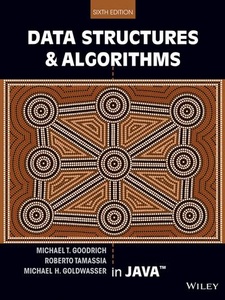
More art than art education, and more art history than art. Covers all of the visual arts and aesthetics. Oxford: Oxford University Press, 1996-present.Īvailable as a database on the Libraries web pages.Ī huge compendium of historical information on people, places, major works, styles, periods, techniques, etc. Įntries on dozens of aspects of creativity (cognitive and learning styles, developmental stages, cultural differences, gender, teaching, etc.) Amsterdam: Elsevier, 2011.Īvailable as a database on the Libraries web pages. Runco, Mark and Steven Pritzker (ed.) 2 nd ed., 2 vols. H36 2004 (ARTS & HUMANITIES, PATTEE, STACKS 2 – REFERENCE COLLECTION)Įssays reviewing scholarship on important issues in art education accompanied by extensive bibliographies. Eisner, Elliot and Michael Day (eds.) Reston: National Art Education Association, 2004.


The most useful way it does this is by using a protocol for making the contents of some databases visible it’s crawlers – including many of the databases of electronic journals that we subscribe to at Penn State. This is an important project that uses the technology of the Google search engine but tries to concentrate on reliable sources that meet scholarly expectations for quality. When appropriate, LionSearch will offer information about the current availability of a book and the “I Want It” button to push when you want books to be fetched (in about 3 days.) It is somewhat like using Google Scholar (below) but it offers some additional features: better coverage of books and e-books, more flexible ways of manipulating the results (by date, topic, media type, etc.), and a “shopping cart” function for selecting items.
#List three of the specialized search engines that google offers for locating scholarly sources software
Penn State has purchased software that provides a Google-style search across a most of our library resources. SEARCH ENGINESĪvailable on the Penn State Libraries home page. The underlined items below are available via the Internet and hotlinked in this document. This is a list of reference materials that may help with your research projects for A Ed 588 – the problem of building a historical context for the “stepping stone” artifacts you have chosen from the Special Collections Library.


 0 kommentar(er)
0 kommentar(er)
